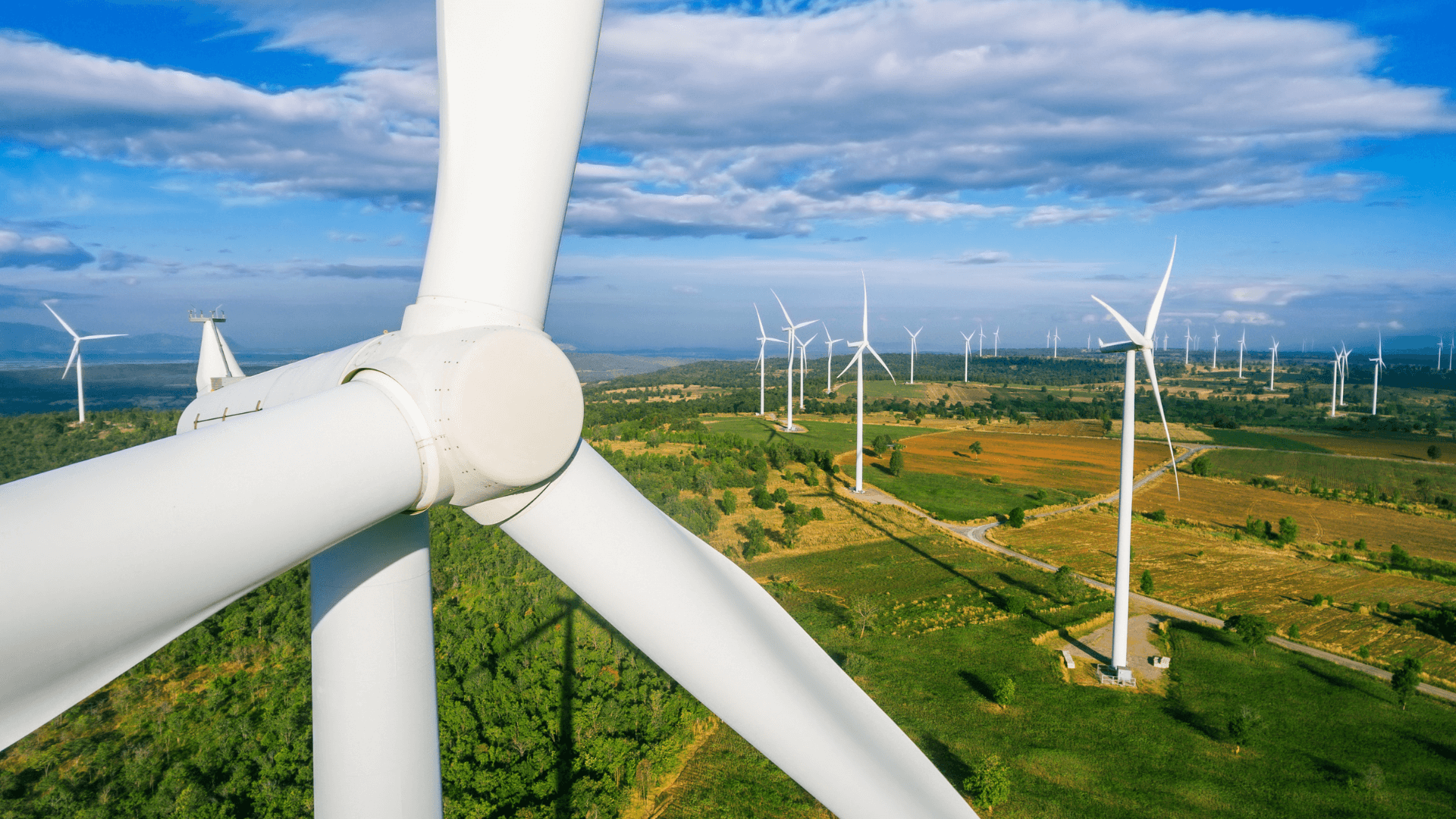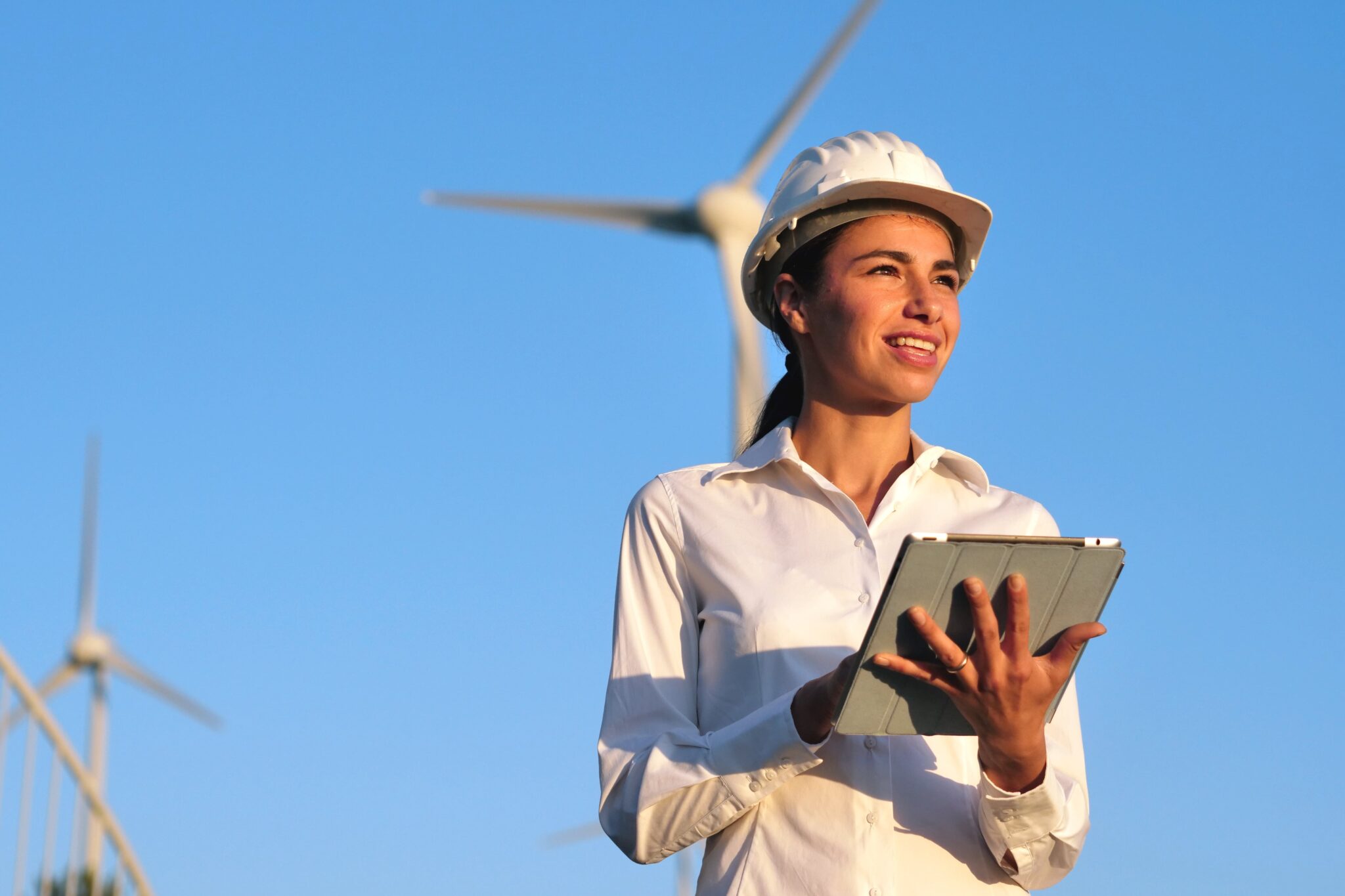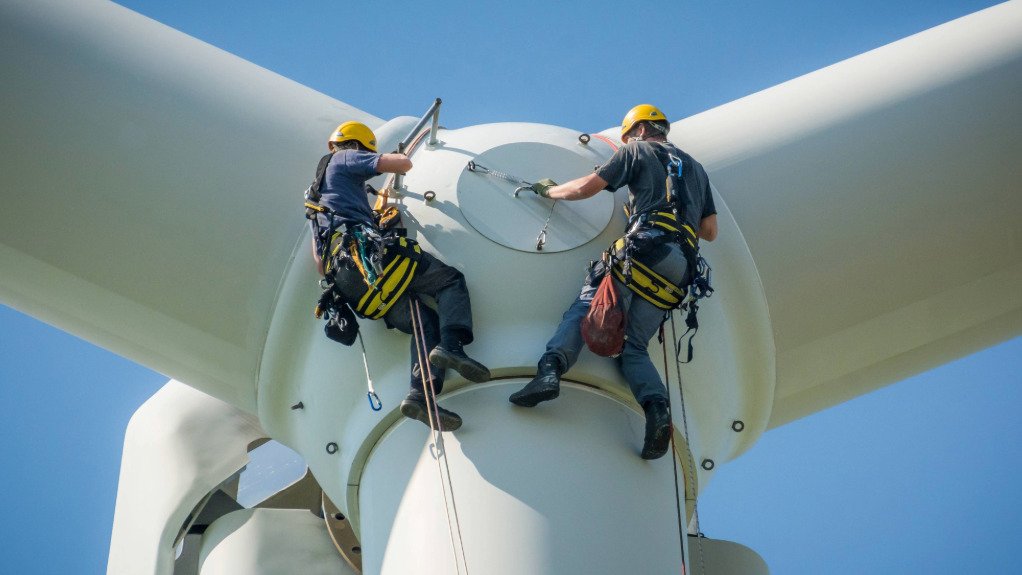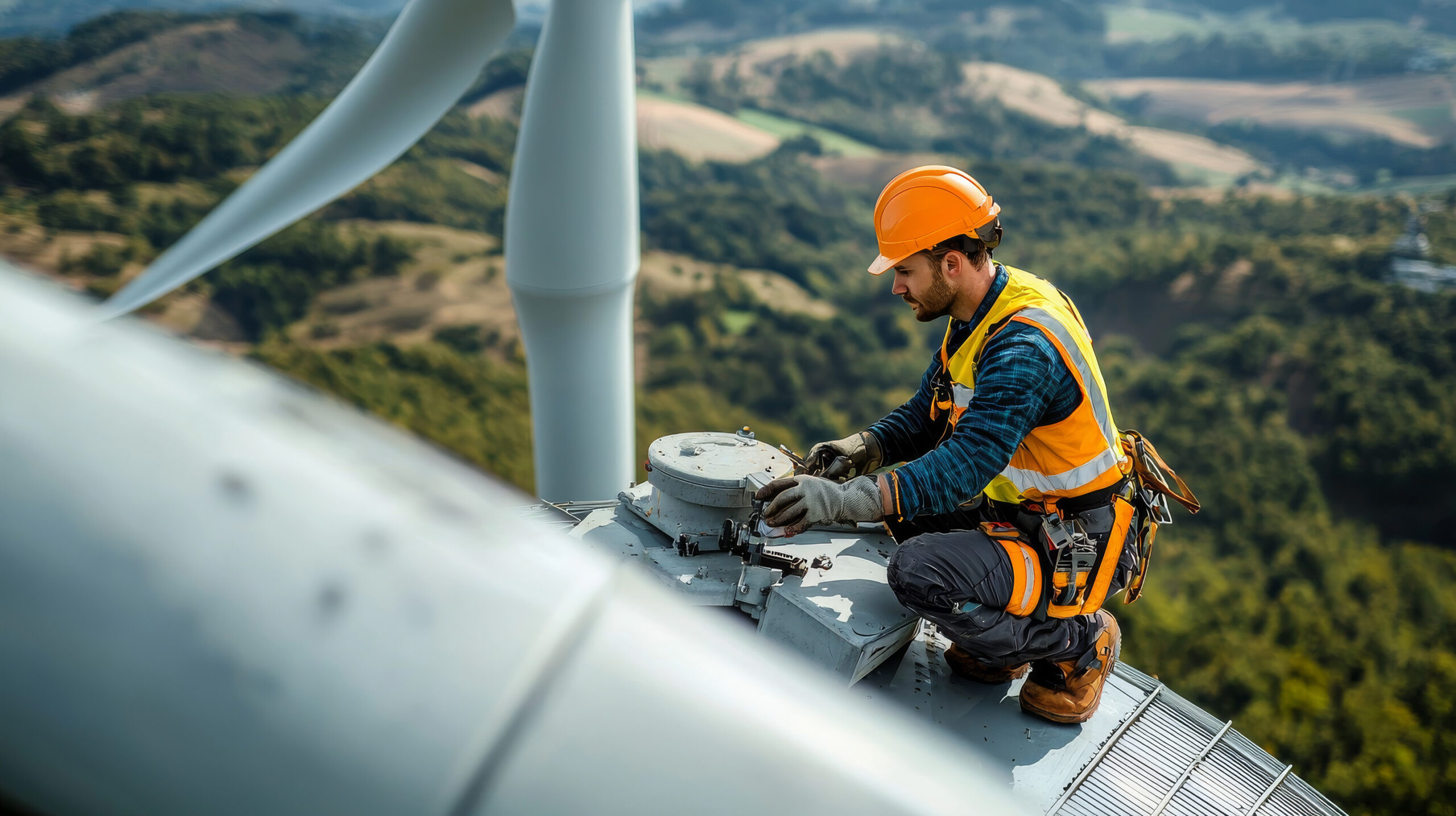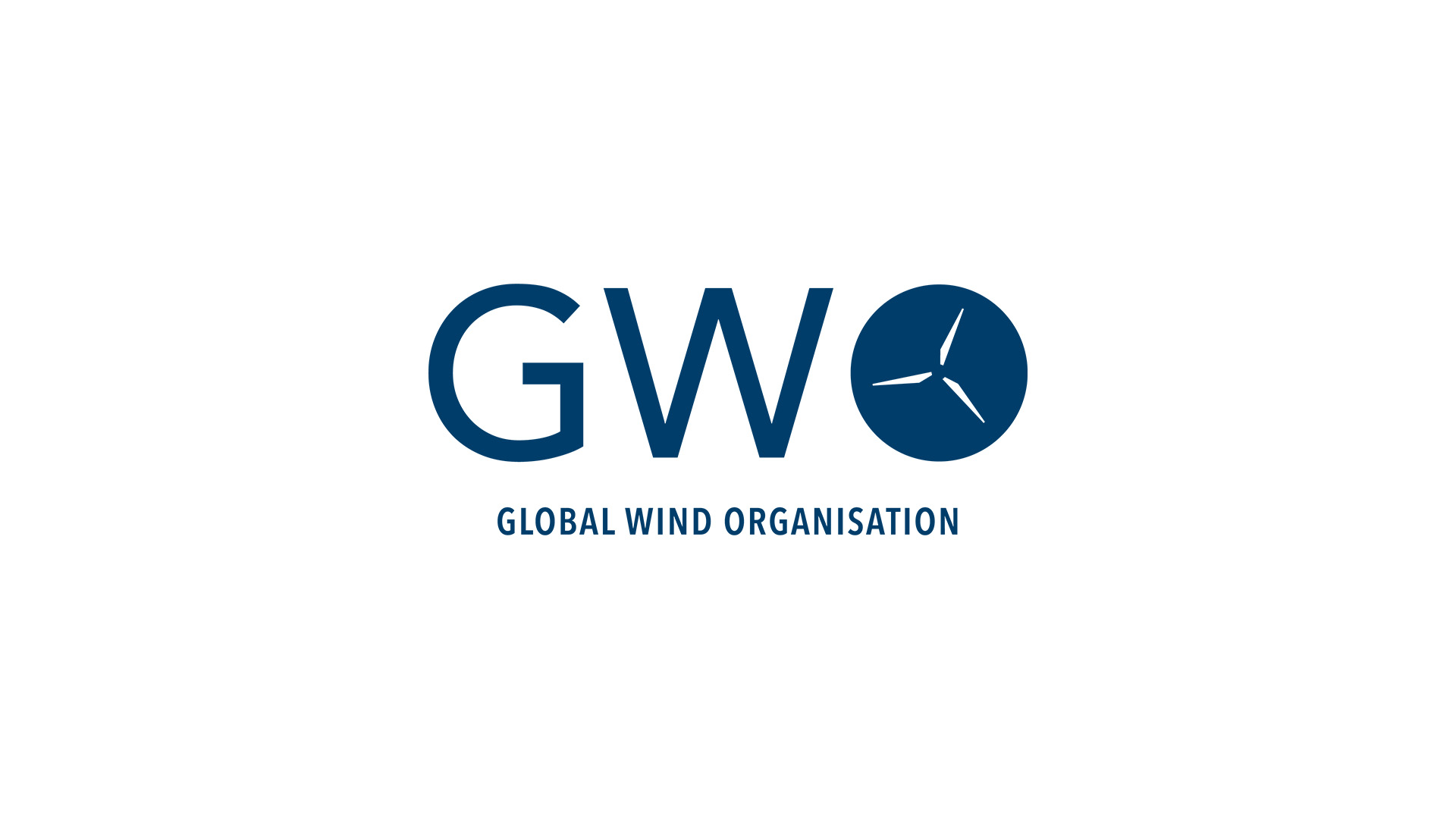
As the renewable energy sector grows, wind turbines are being built across Australia’s coastlines and inland regions. The technicians who maintain and repair these structures face serious work at height hazards every day. In the wind industry, this can mean climbing 70 to 120 metres, working in confined spaces, or operating on exposed platforms. These tasks come with significant risks, making safety training and strict precautions essential for protecting workers.
In most industries, work at height hazards refer to any situation where a person could fall from one level to another and risk injury. In the wind industry, this is a core part of the job, with technicians often scaling tall towers, navigating tight nacelles, and working in challenging environments.
Wind technicians routinely:
- Climb vertical ladders inside turbine towers
- Access nacelles and hubs for maintenance or repairs
- Work on exterior blades while suspended by rope or platform systems
- Operate in extreme weather and remote conditions
It is a field that demands not only technical skills and physical fitness but also unwavering attention to safety protocols and emergency preparedness.
This blog explores what it means to work at heights in the wind sector, highlights the hidden challenges, hazards of working at height, outlines key safety standards and training requirements, and showcases why a strong safety culture is essential to protect lives while powering the world with renewable energy safety at its core.
The Hidden Challenges and Hazards of Working at Height
Environmental Conditions
Working on turbines often means being exposed to extreme environmental conditions. High winds, rain, snow, and even lightning are not uncommon at turbine heights. These conditions can reduce visibility, impair balance, and increase the risk of slips and falls. Icy rungs, wet surfaces, and sudden weather shifts all contribute to heightened danger.
Fatigue and Physical Demands
The physical effort required to climb multiple ladders and perform technical tasks at height is exhausting. Wind technicians may climb 100 meters or more in a single shift, often carrying tools. Fatigue can lead to reduced concentration, slower reactions, and impaired decision-making, increasing the likelihood of incidents.
Limited Escape Routes
Turbine towers are narrow and confined, often with only one entry and exit route. In emergencies such as fire, equipment failure, or a medical issue, evacuation is challenging. Emergency planning, regular rescue drills, and proper PPE are vital for survival.
Dropped Object Hazards
A wrench dropped from a turbine nacelle can cause fatal injuries to those below. Dropped tools and parts are a constant threat during maintenance tasks. Strict procedures for tool tethering, use of drop zones, and PPE such as helmets are essential to minimize risk.
Isolation and Communication
Wind farms are often located in remote areas with limited communication infrastructure. Technicians may find themselves isolated with only radio contact. Clear protocols, GPS tracking, and reliable communication tools are critical to maintain team coordination and respond to emergencies.
Why Safety Training is Non-Negotiable in the Wind Industry
In such high-risk environments, safety training is not just a checkbox, it is a survival requirement. The Global Wind Organisation (GWO) has developed internationally recognised training standards specifically for wind industry technicians. These standards ensure technicians can respond to emergencies, handle their equipment safely, and work effectively under pressure.
Core training modules include:
- Working at Heights: Fall protection systems, ladder climbing, harness use, anchor points, and rescue techniques
- Manual Handling: Preventing musculoskeletal injuries through correct lifting and carrying techniques
- First Aid: Response to trauma, bleeding, CPR, AED use, and care in isolated environments
- Fire Awareness: Risk identification, extinguisher types, evacuation procedures, and safe fire response
Building Competence to Manage Work at Height Hazards
To effectively address work at height hazards and precautions, workers must be skilled in managing risks. Training ensures they are not only aware of the hazards, they are also equipped with the knowledge, techniques, and practical skills to handle them safely. This includes:
- Correct use of fall arrest systems, harnesses, lanyards, and anchor points
- Daily pre-use inspection of personal protective equipment (PPE)
- Safe climbing techniques and ladder systems
- Recognizing fatigue and environmental hazards
- Managing emergency situations, including self-rescue and team rescue
These are not skills you can learn on the job. They must be practiced, assessed, and certified before a technician even approaches a turbine.
Strengthening Safety and Compliance in the Wind Industry
Legislation and Compliance in Australia
Australia has strict regulations governing work at heights. Employers must comply with national and state-based legislation including:
- Work Health and Safety Regulations 2011 – Part 4.4 (Falls)
- Code of Practice: Managing the Risk of Falls at Workplaces (Safe Work Australia)
- AS/NZS 1891.4:2009 – Selection, use and maintenance of industrial fall-arrest systems
Key responsibilities include:
- Conducting risk assessments prior to any work at height
- Providing appropriate fall protection systems and PPE
- Ensuring all workers are trained and competent
- Maintaining fall arrest and rescue equipment
- Ensuring emergency rescue plans are in place and practiced
Companies that invest in:
- High-quality, certified safety training
- Well-maintained and modern equipment
- Emergency preparedness and rescue plans
- A supportive and open safety culture
Are not just reducing risk, they are protecting the people who make renewable energy possible.
Safety Skills Built for the Demands of the Renewable Energy Sector
Skylar Education delivers accredited GWO Basic Safety Training (BST) tailored for the wind industry. Our comprehensive modules prepare you to face the challenges of working at heights, respond to emergencies, and maintain safety in some of the world’s most demanding work environments.
At Skylar Education, we prepare workers to recognise hazards, manage risks, and apply proven safety practices when working at height in the renewable energy sector.
